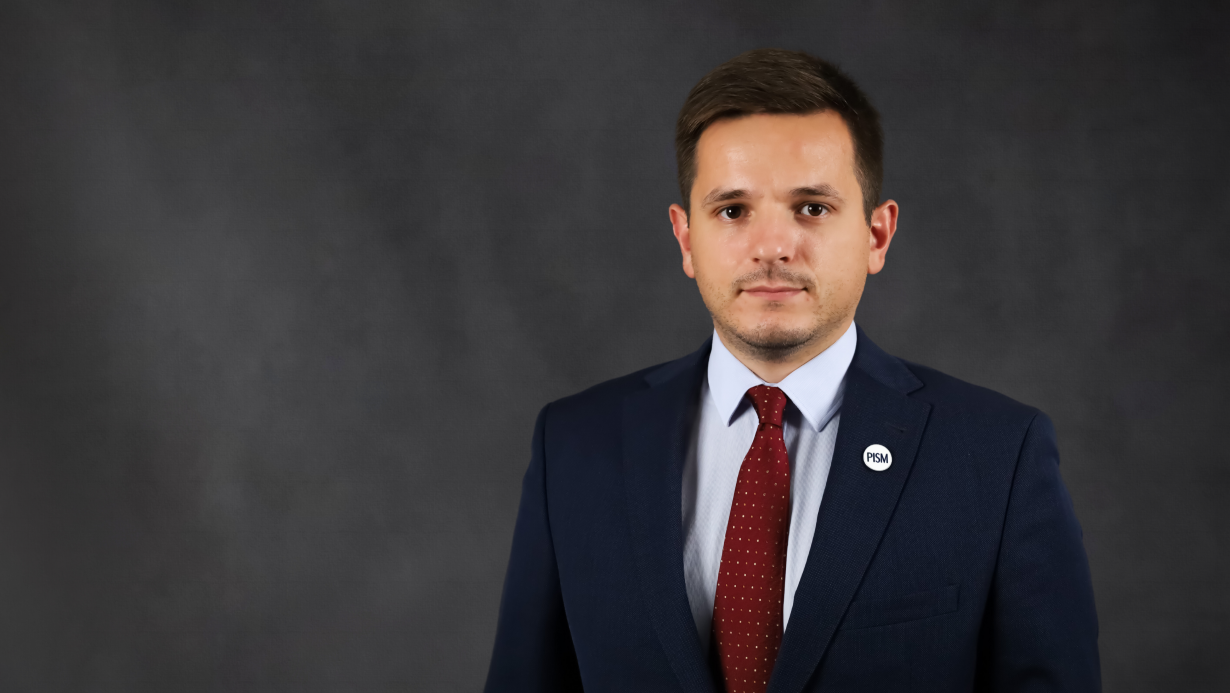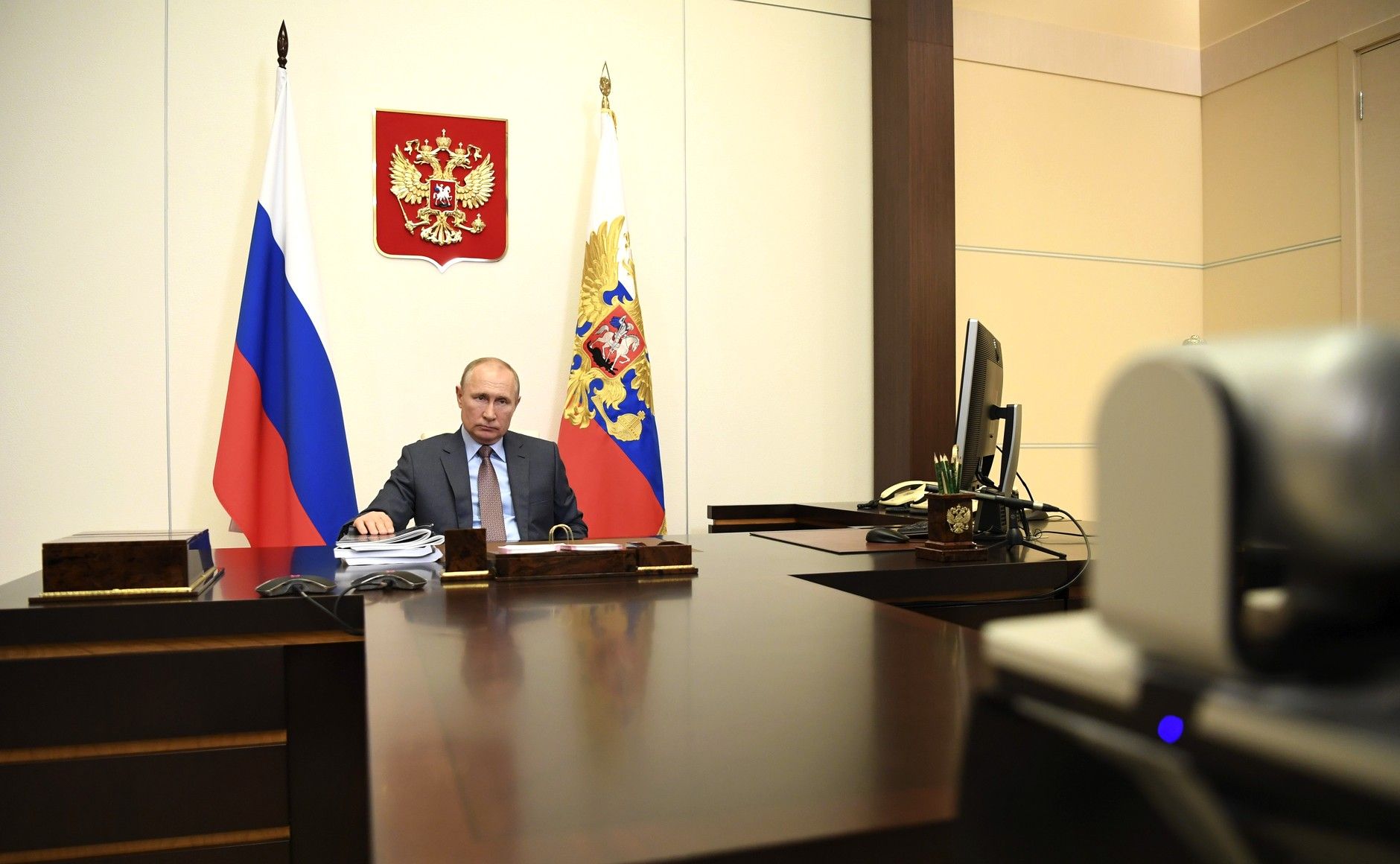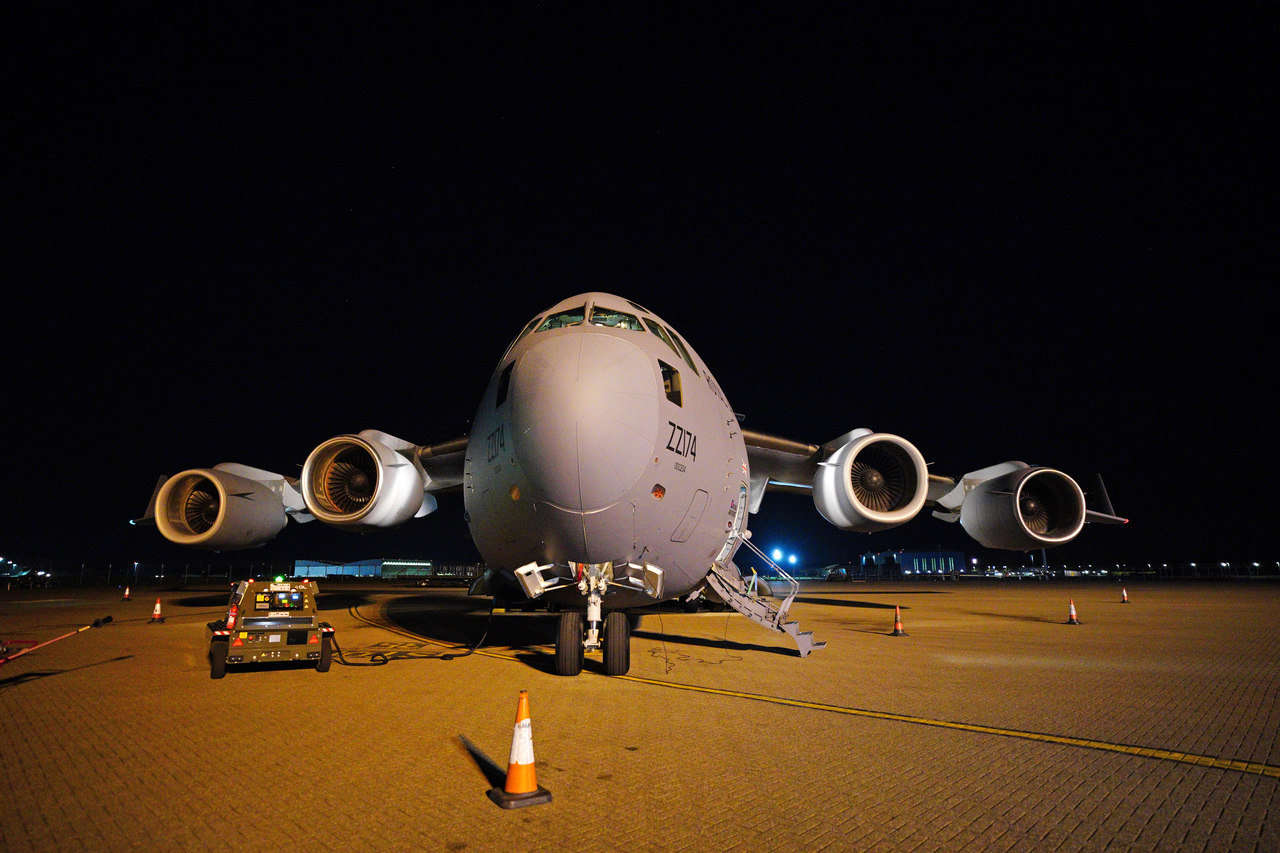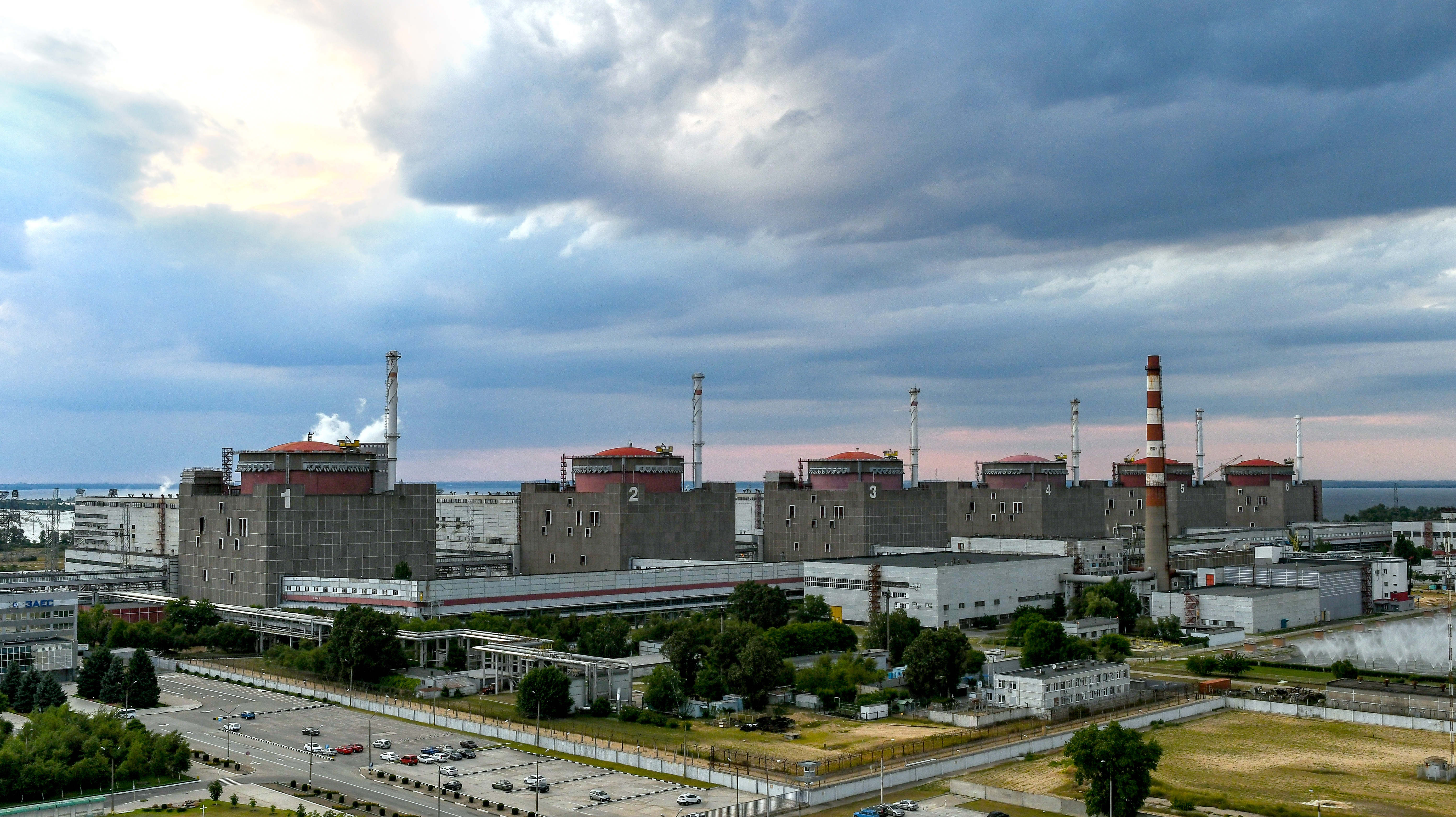Russia's Nuclear Threats During the Invasion of Ukraine
From the beginning of the invasion, Russia has been trying to deter Western countries from supporting Ukraine. It did not threaten an immediate nuclear attack, but has been signalling that further escalation might lead to it. This was met with a measured response from NATO nuclear-armed countries and has not prevented arms deliveries to Ukraine nor the imposition of sanctions on Russia. The fear of nuclear war with Russia, however, did influence the NATO decision to exclude direct involvement in the conflict and resistance of some allies to actions that, in their opinion, could be interpreted by Russia as joining the hostilities.
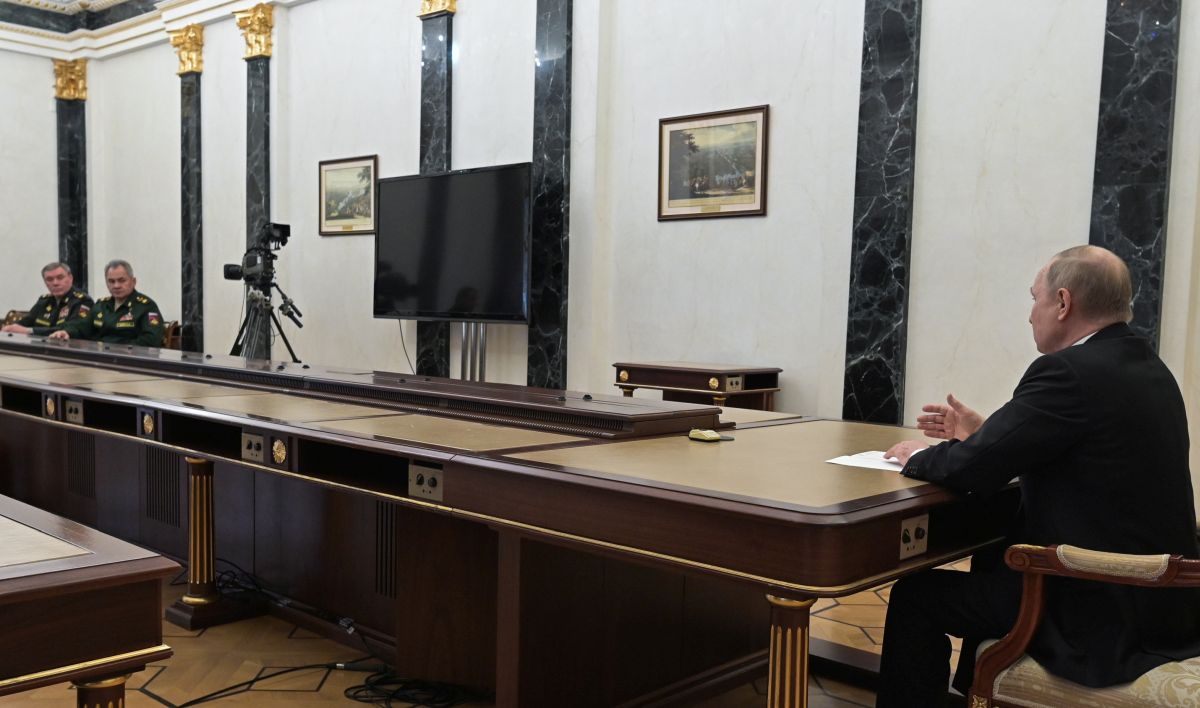 Alexei Nikolsky/TASS/Forum
Alexei Nikolsky/TASS/Forum
What nuclear threats is Russia making and for what purpose?
On the day of the invasion (24 February), Vladimir Putin threatened countries that “stand in the way” of Russia with consequences they “have never seen”. On 27 February, he ordered Russian strategic deterrence forces to be put in “a special mode of combat service” in response to what he called “illegitimate” Western sanctions and “aggressive statements” by some NATO states. While the general goal of these threats is to stop or limit Western support for Ukraine, the most important one is to prevent NATO from directly joining the fight. On 5 March, Putin threatened that the imposition of a “no-fly zone” over Ukraine would “bring catastrophic results not only to Europe, but to the whole world” and that the countries involved in its enforcement would become parties to the conflict. Russia also warned that it would see it as an act of war if other nations allow Ukrainian aircraft to use their airfields for operations against the Russian armed forces. Such threats were most likely aimed also at mobilising the Russian public, increasingly affected by sanctions, against an alleged external threat.
What does the increased readiness level of the Russian nuclear forces entail?
According to the Russian defence ministry, the number of personnel at the command centres of the country’s nuclear forces has been increased. In practice, this is not a big change and there are no indications of heightened readiness of the nuclear delivery systems. Some are always ready for quick use, at least the intercontinental ballistic missiles (ICBMs) deployed in silos and on submarines performing patrols (the same applies to such U.S. systems). A substantial part of the remaining delivery systems is likely not armed with nuclear warheads on a normal basis (officially, non-strategic nuclear forces—shorter-range systems—are not armed with them at all). The highest level of readiness would thus likely entail arming additional forces with nuclear warheads, ships and ground-mobile launchers would leave their bases, and aircraft would be dispersed to various airfields. While Russia started an exercise involving submarines with ballistic missiles and ground-mobile ICBM launchers on 1 March, it has not involved all such forces (a bigger exercise took place a few days before the invasion). The exercise also has not changed the public assessment by the U.S., which said it did not see changes in Russian nuclear forces posture.
How do the Russian threats fit into its nuclear policy?
Putin’s threats are contrary to the official assumptions of Russia’s nuclear policy, but consistent with its practice. According to a decree from 2020, Russian nuclear policy is “defensive by nature” and Russia reserves the right to use nuclear weapons in case of the launch of ballistic missiles or use of nuclear weapons or other weapons of mass destruction against Russia or its allies, an attack undermining Russian nuclear retaliatory capability, or aggression involving conventional weapons that would put the very existence of Russian state in jeopardy. The recent threats have an aggressive purpose, as they are intended to support Russian attack against Ukraine. Russia had threatened NATO countries in various ways before. During its first attack against Ukraine in 2014, it also conducted exercises involving nuclear forces, with Putin boasting about their abilities. Back then, he did not announce an increase in readiness of nuclear forces, although he later declared that he was prepared to do so. By taking that step this time, it confirms how painful the latest sanctions are for Russia and how important the Western military support has been to an effective Ukrainian defence. It also suggests that the Western response has been so strong that it is causing Putin to be concerned about the West launching direct military intervention to aid Ukraine.
How did the three nuclear-armed NATO members respond?
These countries reminded Russia that they too have nuclear weapons, but tried not to escalate tensions any further. On the day of the invasion, France underscored that NATO is a “nuclear alliance”. The U.S. and the UK said there was no need to increase the readiness of their nuclear forces and that they are effective deterrents against attacks on their countries and their allies. The U.S., however, postponed a test flight of one its ICBMs planned for 3 March. This was to demonstrate that, despite the provocative Russian threats, the U.S. is behaving responsibly, which was a message most likely aimed mainly at global public opinion (the U.S. and Russia exchange information about such tests in advance anyway). Still, U.S. B-52 bombers deployed to Europe before the invasion have continued to fly over NATO’s Eastern Flank countries, including Poland (24 February) and Romania (6 and 7 March). It is possible that other steps were taken. According to press reports, the U.S. increased flights of its aircraft responsible for communication with nuclear forces after the invasion, while subsequent nuclear threats by Putin prompted France to send the second of its four ballistic missile submarines on patrol.
Are Putin’s nuclear threats credible?
Even a limited nuclear retaliation for arms supplies to Ukraine and sanctions is not a realistic scenario. Russia would risk a NATO nuclear response and even more isolation, while having little to gain. Even if sanctions and arms deliveries were curtailed, Russia would not then become an attractive economic partner and still would be far from breaking Ukraine’s resistance.
Nuclear escalation is, however, a real danger should a Russia-NATO conflict erupt. Even in that case, the use of nuclear weapons is not a foregone conclusion (especially in case of an unintended military incident) and Russia would most likely initially limit itself to conventional operations. But eventually, NATO would prevail in such a fight and the probability of Russia reaching for nuclear weapons would rise, especially if the hostilities expanded beyond Ukraine. NATO could still try to prevent or stop nuclear escalation (through deterrence and communicating that it does not seek to overthrow Putin and occupy Russian territory), but it would not be able to control the escalation. Awareness of the risks of entanglement in a nuclear conflict contributed to NATO’s ruling out armed intervention before and after the invasion.
Are other scenarios of nuclear escalation possible?
As the war continues and the internal situation in Russia worsens, the Russian nuclear threats could intensify, for example, by further raising the readiness of its nuclear forces. This might force NATO to respond with stronger nuclear signalling than it has so far. A series of such actions and reactions could increase tensions, although—considering the consequences of such a conflict—the risk of triggering an accidental nuclear exchange would be remote.
So far, Russia has not threatened to use nuclear weapons against Ukraine despite its failures on the battlefield because it still has a much greater conventional potential and is increasingly using it to terrorise the Ukrainian population. Russia may also stage a provocation involving chemical or biological weapons and blame Ukraine for it. Such actions, despite their criminal nature, remain less risky for Russia than using nuclear weapons, which would most likely prompt a stronger international response and could threaten Russian troops and territory. However, it cannot be excluded that if faced with the inability to win the war and internal pressure to end it, Putin may try to force Ukraine into capitulation with the threat of a limited nuclear attack (with regard to the number and yield of warheads). While the probability of such an attack is low, NATO countries should consider how to respond to such a threat.


